Choosing where to go in Kyoto can be hard. This city has many beautiful places. We will show you the best spots and experiences. Keep reading for great tips!
Key Takeaways
- Kyoto has famous temples and shrines like Fushimi Inari Shrine, Kiyomizu-dera, and Kinkaku-ji.
- You can enjoy unique experiences in Kyoto such as traditional tea ceremonies, wearing a kimono, and taking cooking classes.
- The city offers beautiful nature spots like the Arashiyama Bamboo Grove and the Philosopher’s Path.
- There are quieter places to visit too, including Otagi Nenbutsu-ji Temple and Saihoji Moss Temple.
- Food lovers can explore Nishiki Market and try Shojin Ryori at temples.
Top Must-See Attractions in Kyoto

Kyoto is home to some of Japan’s most iconic sights. From ancient temples to breathtaking natural scenery, there’s a world waiting to be explored in this historical city.
Fushimi Inari Shrine and Torii Gates
Fushimi Inari Shrine is a famous spot in Kyoto, Japan. It’s known for its thousands of red torii gates. People visit this place to see the bright gates that make paths on the mountain behind the shrine.
The shrine honors Inari, the Shinto god of rice.
Visitors often walk through these gates up the mountain. The walk can take 2-3 hours to complete, but you can turn back at any time. This path also has smaller shrines along it. Each gate was given by a person or company hoping for good luck and success.
Kiyomizu-dera Temple
Kiyomizu-dera Temple is a famous spot in Kyoto. It stands tall on the side of Otowa Mountain. Built without nails, this wooden structure shows off Japanese craftsmanship at its best.
Visitors love the view from its main hall, looking out over Kyoto’s trees and city. The temple dates back to 780, making it a piece of living history.
People also come here for the Otowa Waterfall. They believe drinking its water brings good health and success. With ancient trees and lovely paths around it, Kiyomizu-dera offers peace in a busy world.
Next up is Kinkaku-ji Temple, another breathtaking site you won’t want to miss.
Kinkaku-ji Temple (Golden Pavilion)
Kinkaku-ji Temple, also known as the Golden Pavilion, is a must-see in Kyoto. This famous Buddhist temple has two top floors completely covered in gold leaf. It sits by a pond that reflects the building, offering stunning views.
A powerful shogun first built it in the 14th century.
Visitors love walking around the pond and gardens here. They often feel peace while looking at the gold temple shining in the sunlight. Despite being set on fire many times through history, Kinkaku-ji remains a symbol of Kyoto’s beauty and resilience.
Ginkaku-ji Temple (Silver Pavilion)
Ginkaku-ji Temple, also known as the Silver Pavilion, is a must-see in Kyoto. It was built in 1482 by Ashikaga Yoshimasa, who wanted a place for peace and art. The pavilion is not covered in silver but gets its name from its beautiful moonlight reflection.
This temple shows off traditional Japanese architecture and peaceful gardens.
Visitors love walking around the sand garden called “Sea of Silver Sand” here. They see carefully placed rocks and raked gravel that look like waves. Also, there’s a moss garden with paths leading to great views of the city.
People come to Ginkaku-ji to enjoy quiet moments and take pictures of stunning landscapes.
Arashiyama Bamboo Grove
Arashiyama Bamboo Grove is a must-see in Kyoto, Japan. This place has tall bamboo trees that make you feel like you are in another world. People come from all over to walk through and take photos.
The grove is very peaceful, making it a great spot for relaxing walks.
Next, let’s explore the famous cultural districts of Kyoto.
Famous Cultural Districts
Kyoto’s cultural districts let you step back in time. Here, ancient traditions and architecture fill every corner.
Gion Geisha District
Gion Geisha District is famous in Kyoto. It is known for its traditional wooden houses and geishas walking on the streets. Tourists go there to see the old Japanese culture. You can watch geishas perform dances and play music at tea houses.
In Gion, you can also enjoy kaiseki dining. This means eating a meal made up of many small, seasonal dishes. The area has shops selling local crafts and sweets too. Walking in Gion feels like stepping back in time to old Japan.
Southern Higashiyama
Moving from the charming Gion Geisha District, Southern Higashiyama opens up as a scenic area brimming with culture and history. This part of Kyoto is known for its quiet temples, traditional tea houses, and narrow lanes that make you feel like you’ve stepped back in time.
Places like Kiyomizu-dera Temple offer breathtaking views of cherry blossoms or autumn leaves, drawing visitors from all over.
Here, every walk down the cobblestone paths tells a story. You can explore famous spots such as Yasaka Pagoda and Sannenzaka slope with ease. These areas are perfect for those who love to see historical sites without the rush found in more crowded tourist destinations.
Southern Higashiyama provides a peaceful escape into Japan’s rich past and stunning natural beauty.
Unique Kyoto Experiences
In Kyoto, every corner offers a new adventure. From dressing up in a traditional kimono to learning how to make ramen, the city is full of unique experiences waiting for you.
Traditional Tea Ceremonies
You can join a traditional tea ceremony in Kyoto. These ceremonies show Japan’s deep love for tea. They have been part of Japanese culture for hundreds of years. In the ceremony, you will see how to prepare and serve green tea the right way.
It is called matcha. The whole process is calm and beautiful.
People wear special clothes for these ceremonies. They use unique tools to make the tea. You learn about respect and harmony through making and drinking tea together. This experience lets you see an important part of Japanese life up close.
Kimono Rentals and Photography
After a traditional tea ceremony, trying on a kimono is another way to dive deep into Japanese culture. In Kyoto, many shops offer kimono rentals. They help you dress in these beautiful garments.
You can choose from various styles and colors. Some places also provide photography services. They take your photo at famous spots or inside their studio.
This experience lets you feel what it’s like to wear Japan’s traditional dress. Walking around historical sites in a kimono adds magic to your Kyoto visit. Plus, photos of you in a kimono will be special memories of your trip.
Ramen Cooking Classes
After dressing up in kimonos and taking beautiful photos, try a ramen cooking class. These classes show you how to make this popular Japanese dish. You get to learn from local chefs.
They teach you step by step. You start with making the broth and noodles. Then, you add toppings like pork, eggs, and green onions.
In these classes, you also learn about the history of ramen in Japan. Chefs share their secrets for making the best bowl of ramen. At the end of the class, you get to eat what you’ve made.
It’s a fun way to enjoy Japanese culture and cuisine.
Kyoto Samurai Experience
Transitioning from ramen cooking classes, the Kyoto Samurai Experience offers a comprehensive exploration of Japan’s historical culture. This distinctive event allows you to dress up in conventional samurai armor and educates you about safe conduct with a real samurai sword.
Experts impart knowledge on the samurai code of honor and their lifestyle. This activity accommodates not only adults but also children, rendering it an amusing family excursion.
In this setting, you are privy to a skilled demonstration by experienced professionals exhibiting their sword skills. The experience extends beyond mere learning; it’s feeling connected to history.
Visitors depart with an enriched respect for Japanese traditions and the disciplined lifestyle of ancient warriors.
Nature and Scenic Spots
Kyoto’s nature and scenic spots offer peaceful escapes amid breathtaking landscapes—perfect for those looking to immerse themselves in beauty. Explore these areas for a memorable adventure.
The Philosopher’s Path
The Philosopher’s Path is a famous walking trail in Kyoto. It is lined with cherry trees and follows a canal. Many visitors come here to enjoy the quiet and beauty. The path got its name because a famous philosopher, Nishida Kitaro, used to walk this route for meditation.
Walking here feels like stepping into another world, especially during cherry blossom season. The flowers make the path look pink and white. Along the way, there are cafes and shops to explore.
This spot shows off Japan’s love for nature and calm places.
Kyoto Botanical Gardens
Kyoto Botanical Gardens is a big place with lots of plants. It opened in 1924. This garden has over 12,000 kinds of plants. People enjoy the cherry blossoms in spring and colorful leaves in fall.
There are greenhouses too. They have tropical and rare plants.
Visitors like to walk through different areas. These include a bamboo garden, tea garden, and lotus pond. The gardens also host light-up events sometimes. These make the garden pretty at night.
Next, we will talk about cycling by the Kamo River.
Kamo River Cycling
From the Kyoto Botanical Gardens, take your adventure to the Kamo River. Cycling along this river offers a fresh air experience unlike any other in Kyoto. You’ll ride past locals enjoying picnics and artists capturing the scenery.
The path is flat, making it an easy ride for everyone.
As you pedal, iconic landmarks and bridges come into view. The river flows through Kyoto, so you’ll see different parts of the city from a new angle. This activity combines exercise with sightseeing – a perfect way to explore while staying active.
Hike from Kibune to Kurama
After biking along the Kamo River, another great outdoor adventure in Kyoto is the hike from Kibune to Kurama. This trail takes you through beautiful forests and offers stunning views.
It starts at the small town of Kibune, known for its lovely shrine. The path then leads up into the hills, reaching Kurama Temple at the top. Here, travelers can enjoy a mix of nature and ancient temples.
The walk isn’t too long or hard, making it perfect for most people. Along the way, there are signs in English to guide hikers. This route is especially famous in autumn when the leaves change color.
But it’s a good choice any time of year for those who like fresh air and peaceful sights.
Quieter Temples and Shrines
Kyoto offers peaceful escapes with its quieter temples and shrines. These spots provide a serene setting away from the bustling tourist areas, perfect for reflection and experiencing Kyoto’s spiritual side.
Otagi Nenbutsu-ji Temple
Otagi Nenbutsu-ji Temple stands quietly in the hills of Kyoto. It is famous for its 1,200 stone statues. These statues are not ordinary; they are Rakan sculptures representing the disciples of Buddha.
Each one has a unique face and expression.
This temple offers a peaceful visit away from the city’s crowd. Visitors love exploring and finding their favorite statue among so many smiling faces. This spot is perfect for those who enjoy discovering hidden gems in Kyoto.
Jojakko-ji Temple
Jojakko-ji Temple is a quiet place in Kyoto. It sits on the side of a mountain, giving visitors a view of the city and nature. This temple is famous for its beautiful maple trees. In autumn, these trees turn bright colors like red and orange.
People come here to enjoy the peaceful setting and take photos.
The temple was built in 1596. It has many steps that lead up to it through the forest. As you climb, you can see old buildings and statues. At the top, there’s a big bell you can ring by swinging a log at it.
This spot is less crowded than other temples in Kyoto, making it a good place to relax.
Saihoji Moss Temple
Saihoji Moss Temple is in Kyoto, Japan. People also call it Kokedera. This temple is famous for its beautiful moss garden. To visit, you must make a reservation first. Then, visitors take part in a Buddhist ritual before seeing the garden.
The temple has over 120 types of moss.
This place is peaceful and quiet. People love to see the green moss that covers the ground. It looks like a soft green carpet. Saihoji offers a unique experience in Kyoto’s temples and shrines list.
Kodai-ji Temple
Kodai-ji Temple is a beautiful place in Kyoto. A rich woman built it in 1606 to honor her husband. The temple has amazing gardens and tea houses. It also shows off art from the time it was built.
Visitors love walking around here. They see the bamboo grove and statues covered with moss. At night, lights make the place look magical. This temple gives people a quiet spot away from busy streets.
Seasonal Highlights in Kyoto
Kyoto shines with its seasonal beauty, making each visit unique. The city’s cherry blossoms in spring and vibrant autumn leaves create unforgettable sights.
Cherry Blossoms in Spring
Cherry blossoms in spring make Kyoto a must-see. Trees bloom with pink and white flowers. This beauty happens every year from late March to early April. It draws tourists worldwide.
Places like Maruyama Park and the Philosopher’s Path get very colorful.
People enjoy hanami, which means flower viewing, during this time. They sit under cherry blossom trees with food and drinks. It is a big part of Japanese culture that celebrates nature’s beauty.
Autumn Foliage at Temples
After the cherry blossoms fall, Kyoto turns into a colorful palette of reds, oranges, and yellows. Autumn brings a new reason to visit the temples across the city. Temples like Kiyomizu-dera and Tofuku-ji become hot spots for people who love autumn leaves.
The way these leaves contrast with traditional architecture is stunning.
Most temples in Kyoto have gardens that are carefully looked after all year round. In autumn, these gardens show off some of the best views you can find anywhere in Japan. Visitors often go early in the morning or late in the afternoon to see how different light changes the colors of the foliage.
This time of year makes each temple visit unique and memorable.
Kyoto for Food Lovers
Kyoto invites food lovers to a journey of taste. Explore markets, savor temple cuisine, and enjoy green tea in traditional settings.
Nishiki Market Exploration
Nishiki Market is a must-see for food lovers in Kyoto. It’s known as “Kyoto’s Kitchen.” This market has more than one hundred shops and restaurants. They offer fresh foods and unique dishes.
You can try things like sushi, pickles, and sweets. The market also sells kitchenware and souvenirs.
Walking through Nishiki Market lets you taste different Japanese foods. Shop owners are friendly and often let you sample their goods before buying. This makes it easy to find new favorite dishes! Plus, the market is indoors, so you can enjoy it any time of year.
Shojin Ryori (Temple Cuisine)
Shojin Ryori is a type of food you find in Buddhist temples. It’s all about eating simple and healthy. This cuisine does not use meat or fish. Instead, it uses vegetables, tofu, and beans.
Chefs cook these ingredients in ways that keep their natural flavors.
People enjoy Shojin Ryori for more than just the taste. It’s also about being kind to living things and the planet. Each dish is made with care and respect for nature. Eating this food lets you experience a big part of Japanese culture and Buddhism too.
Green Tea at Traditional Teahouses
Visiting traditional teahouses in Kyoto is a must for tea lovers. They get to enjoy green tea made the old way. These places show how Japanese culture treasures this drink. You sit on tatami mats and watch as the tea is carefully prepared for you.
This gives you a real sense of how important tea is in Japan.
Tea ceremonies here are not just about drinking tea. They teach patience and respect through each step of making and serving the tea. This experience connects you with centuries-old traditions.
After sipping some excellent green tea, why not explore unique dining spots next?
Unique Dining at Monk
Monk is a special place to eat in Kyoto. It sits by the Kamo River. The chef, Yoshihiro Imai, cooks with fire. He uses local plants and ingredients. People love the pizza here. It’s different because it has Japanese flavors.
You need to book a table before you go. This restaurant is famous around the world. Eating here gives you a taste of Kyoto’s nature and culture on your plate.
Day Tours and Activities
Explore Kyoto in a unique way with day tours and activities that offer something for everyone, from e-biking through hidden paths to tasting the city’s nightlife flavors.
Hidden Kyoto E-Biking Tour
The Hidden Kyoto E-Biking Tour takes you to parts of Kyoto not many see. You ride on electric bikes. This makes the trip easy and fun. You will visit quiet temples, beautiful gardens, and secret spots that big tours miss.
The guide knows a lot about Kyoto’s history and culture. They share stories and facts as you go.
This tour is different because it uses paths away from the busy streets. It feels like an adventure into the real Kyoto. You also learn how to use an e-bike safely in the city. The group size is small, so you get a personal experience.
See parts of Kyoto others don’t know about on this bike tour.
Kyoto Night Foodie Tour
A Kyoto Night Foodie Tour is a great way to explore Japan’s traditional cuisine. You walk through the city, visiting various food spots. You get to taste different dishes like sushi, ramen, and more unique flavors.
This tour also teaches you about Kyoto’s food culture and history.
Next up is experiencing the spooky side of Kyoto with a Ghost Tour.
Kyoto Ghost Tour
Kyoto Ghost Tour takes travelers through the city’s spooky spots at night. You’ll hear old tales of spirits and samurai. Guides tell stories that make Kyoto’s history come alive in a chilling way.
This tour is unique because you explore less-known places full of mysteries.
Walking in the dark, you see temples and shrines in a new light. The ghost tour shows a different side of Kyoto, full of legends and folklore. It’s not just another walk; it’s an adventure into the past where every corner has its tale.
This experience sticks with people long after they leave Japan.
Getting Around Kyoto
Exploring Kyoto is easy and fun with its good public transport and bike-friendly paths. You can catch buses, trains, or cycle to see all the sights without missing a thing.
Public Transportation Options
Kyoto has many ways to get around. Buses and trains are the main options for travelers. The city’s buses reach far and wide, making it easy to visit all attractions. Kyoto also offers special passes for buses and trains.
These passes save money for those who plan to travel a lot in one day or more.
Another great way is by using the subway. Kyoto’s subway system might seem small with just two lines, but it connects major sightseeing spots efficiently. For trips outside the city, there are JR trains.
They can take you to nearby cities fast. So, moving around Kyoto and its surroundings is simple with these public transport choices.
Kyoto by Bicycle
Riding a bike is a great way to see Kyoto. The city has many bike paths and quiet streets, making it safe for cyclists. You can rent bikes easily at shops across the city. This lets you explore places at your own pace.
Riding along the Kamo River or through historic districts gives you a close look at Kyoto’s beauty.
Bike tours offer guided rides to famous spots like temples, gardens, and markets. These tours teach you about Kyoto’s history and culture while riding. After exploring by bicycle, trying local foods is next on the list.
Conclusion
Kyoto, Japan is full of amazing sights. From beautiful temples to lively markets, there’s something for everyone. You can learn about Japanese culture and history. Or, you can enjoy nature and tasty food.
Kyoto makes every trip special with its mix of old and new experiences.
FAQs
1. What are some must-see attractions in Kyoto, Japan?
Kyoto, a city in Japan, is full of amazing sights! You’ll find historic temples, beautiful gardens and traditional tea houses. Each place tells a story about the rich culture and history of this ancient city.
2. Is it easy to get around Kyoto to visit different attractions?
Absolutely! Kyoto’s public transportation system is efficient and user-friendly. Buses, trains and even bicycles can take you from one attraction to another with ease.
3. Are there any special events or festivals at these attractions?
Indeed! Many of the temples have seasonal events that showcase Japanese traditions. The cherry blossom viewing in spring and autumn leaf peeping are two highlights not to be missed.
4. Can I enjoy local food near these attractions in Kyoto?
Definitely! Around these attractions, you’ll find plenty of restaurants serving local cuisine like sushi, ramen or kaiseki – a traditional multi-course meal.
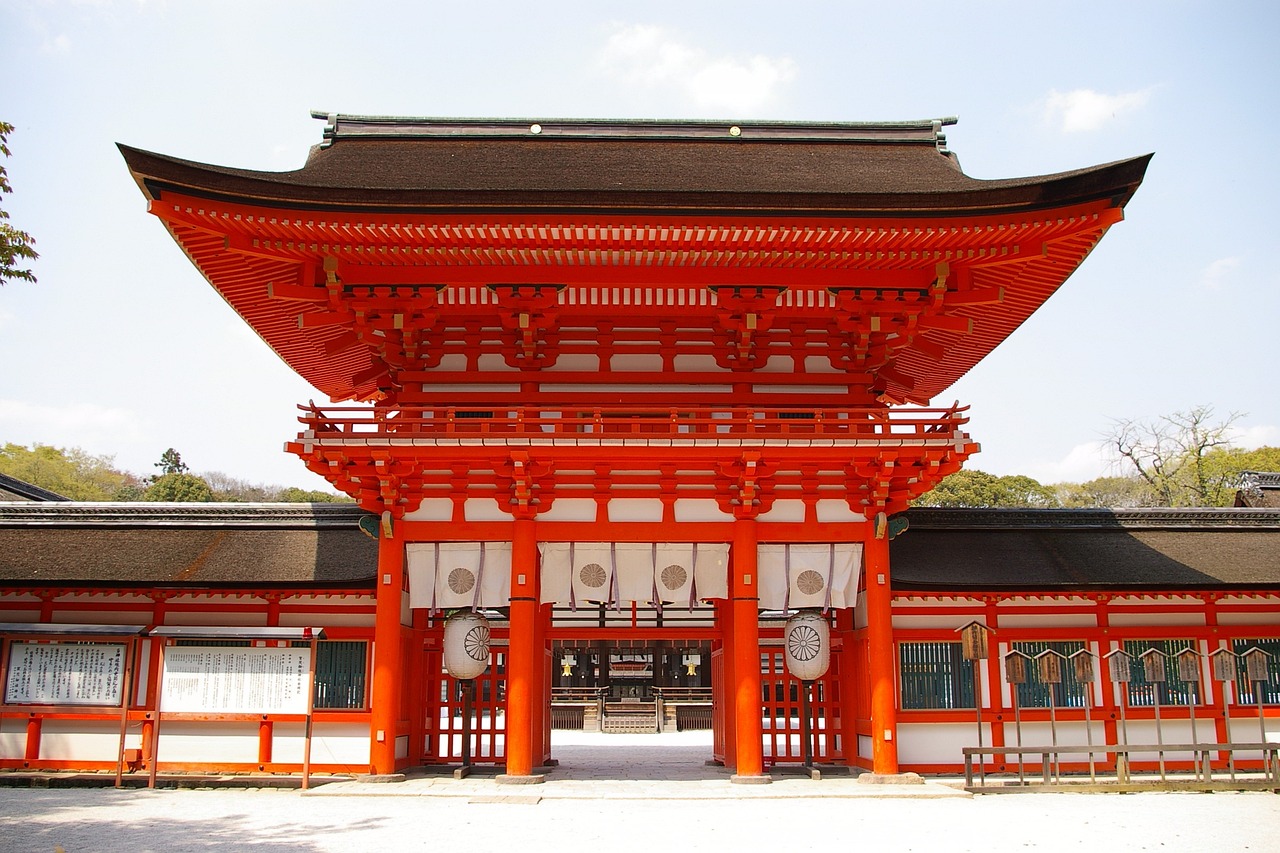
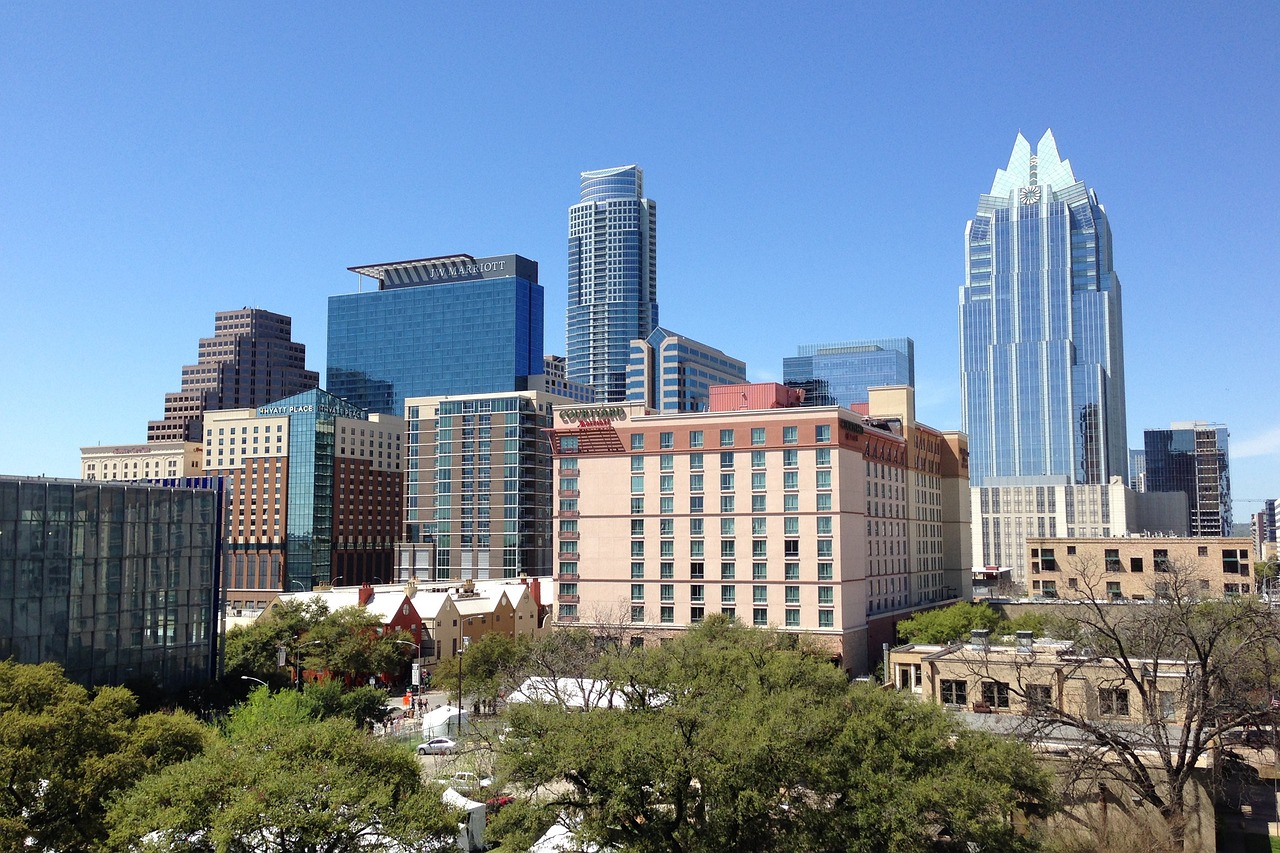

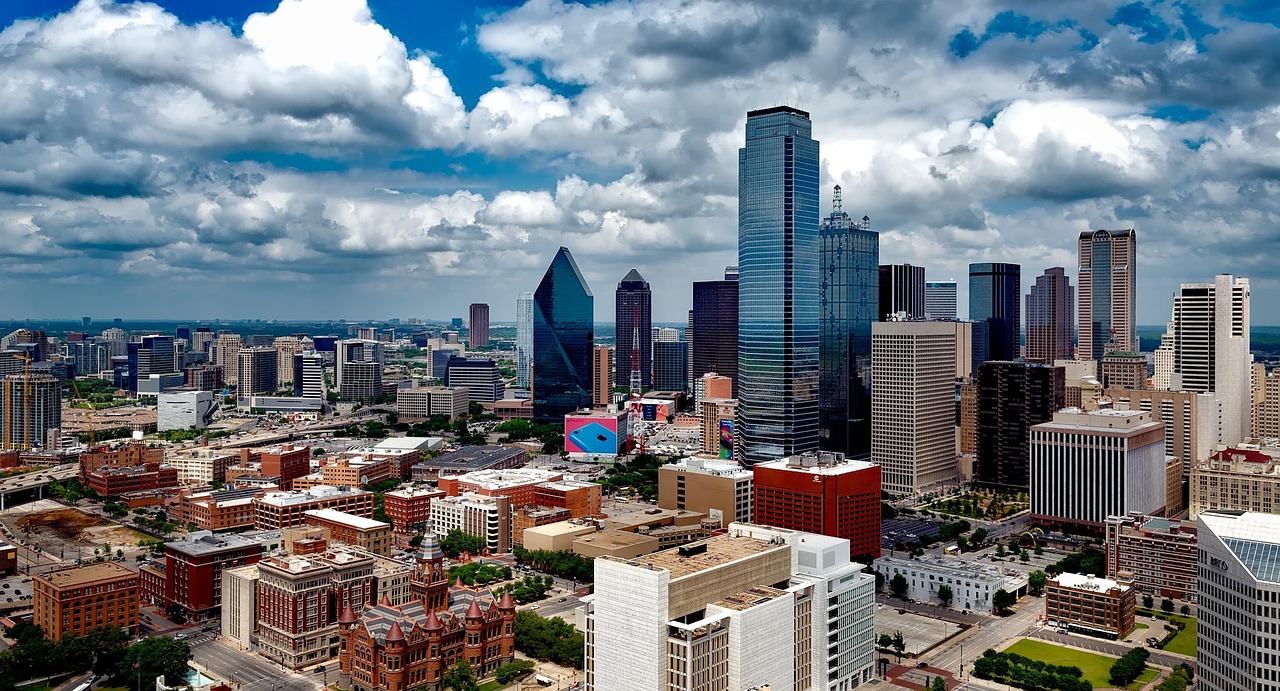
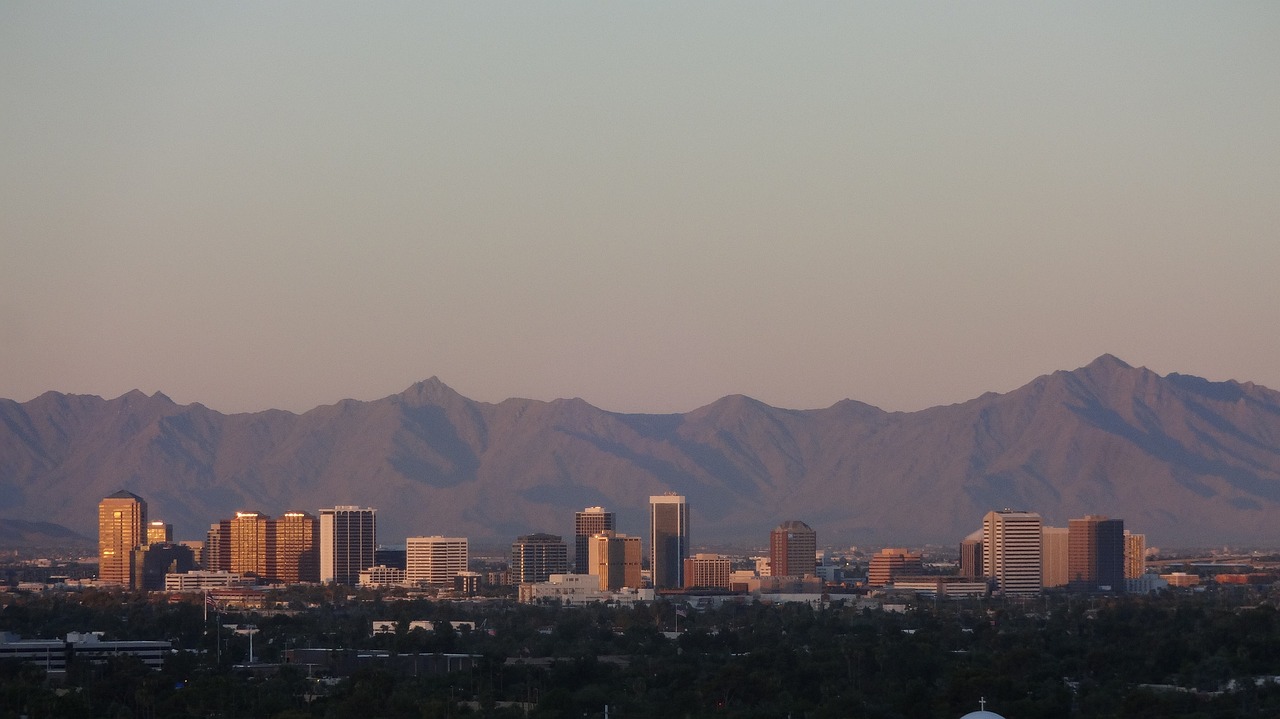

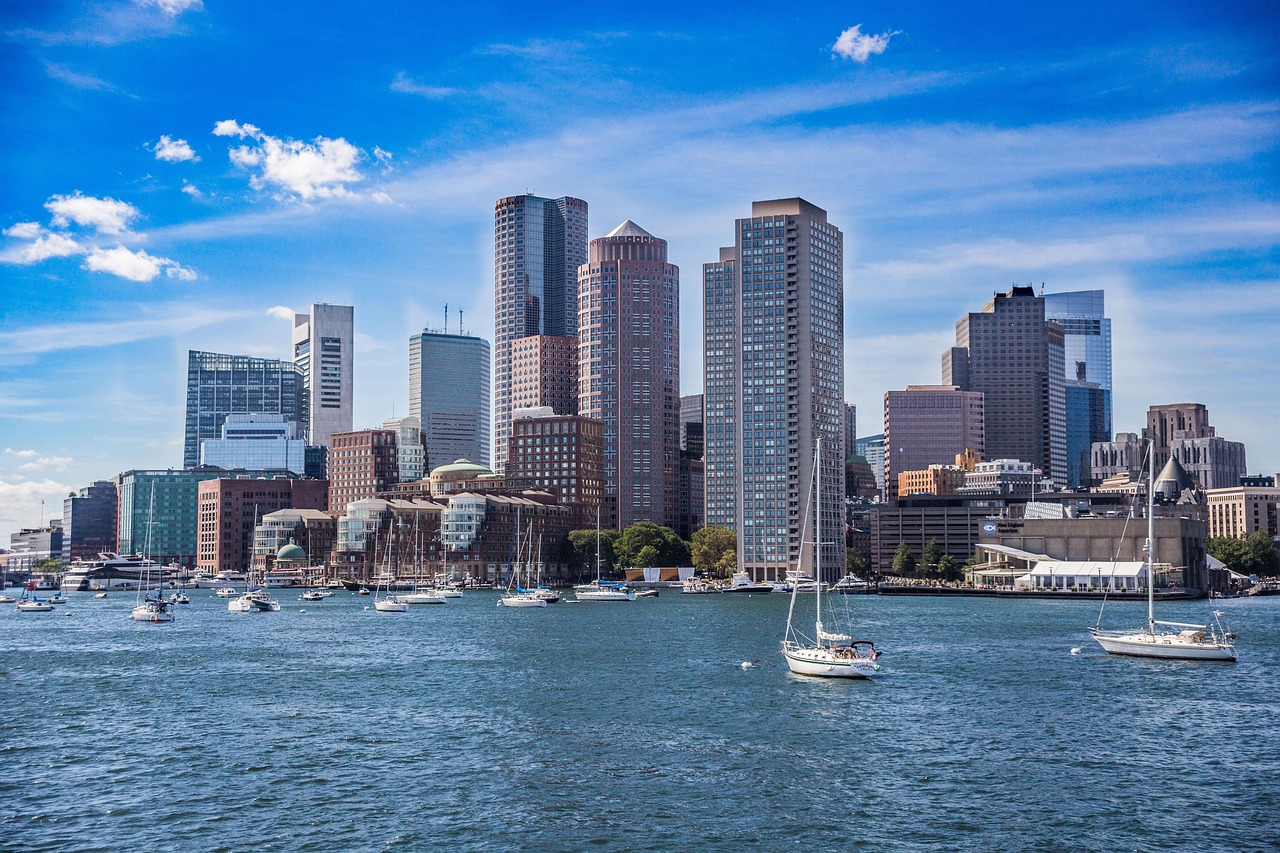
Leave a Reply